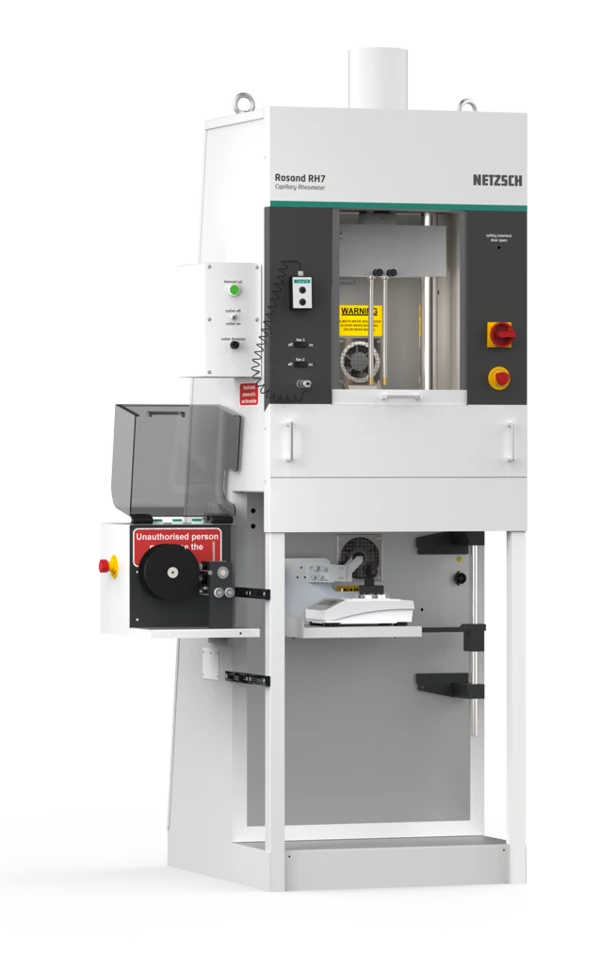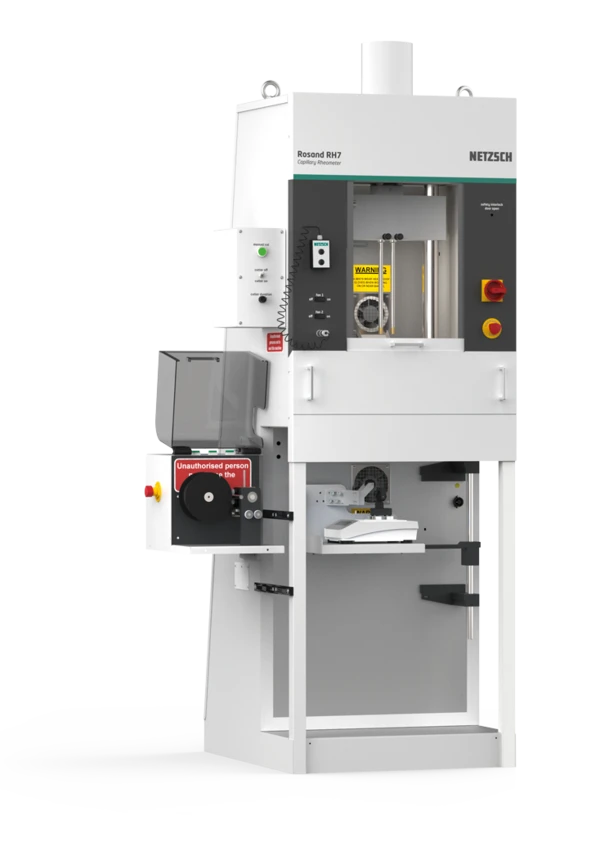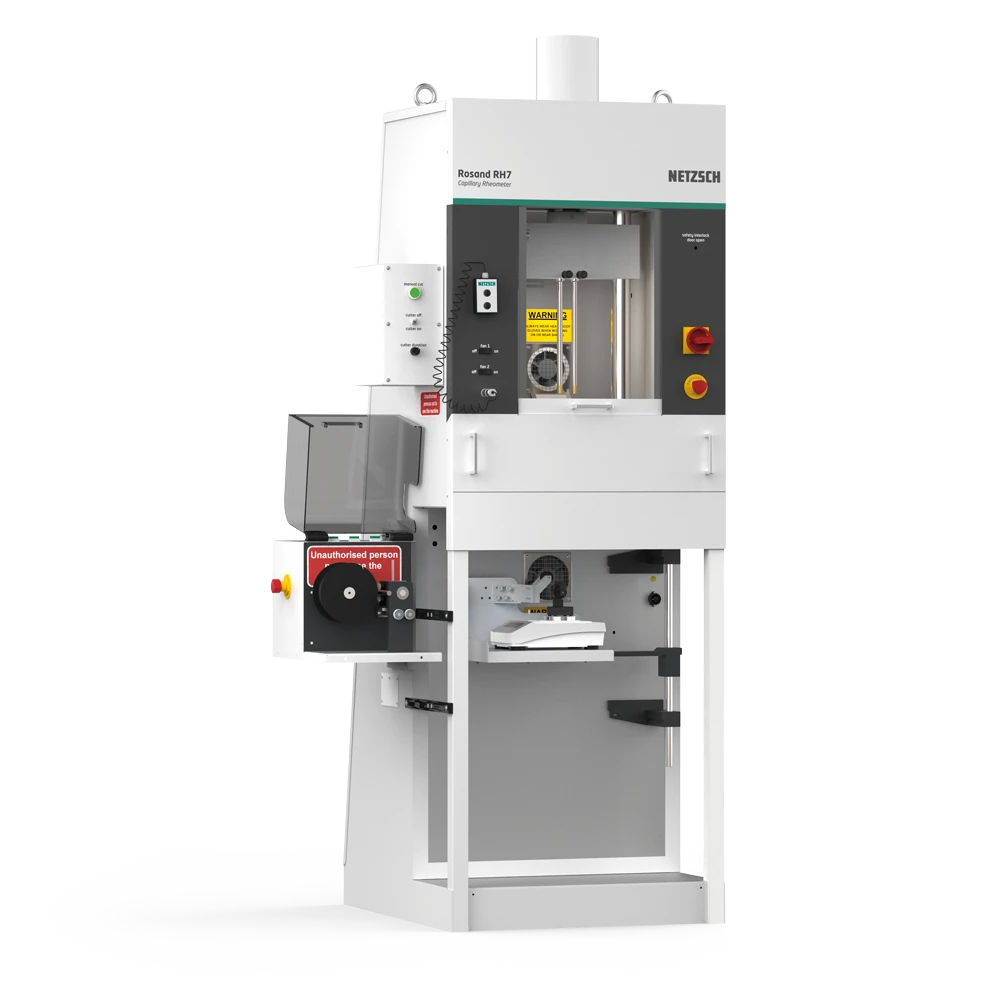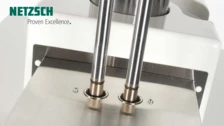Robust research capillary rheometers for high force conditions
Used in hundreds of research laboratories around the world, the robust ‘H’ frame design of Rosand RH7 and RH10 floor standing capillary rheometers allows operation under ultra-high loading conditions, as well as providing optimized space for multiple accessory configurations.

Request a Quote
Technical Data
Temperature range
Ambient to 500°C (high temperature option)
5°C to 300°C (low temperature cooling coil option)
Maximum speed
1200mm/min (RH10)
Maximum drive force
100kN (RH10)
The future is now!
Bring our devices into your laboratory with the click of a button.
Simply scan the QR code and get a 3D model of the instrument directly on your mobile phone or tablet. With the help of the latest AR Technology (Artificial Reality), the 3D model can easily be placed in your laboratory in its original life size. This function is browser-based and requires no app.
Find out and be amazed!

Frame stiffness:
250kN
Dynamic range in speed:
200,000:1 (RH7); 400,000:1 (RH10)
Speed uncertainty:
<0.1%
Temperature control range:
<±0.1°C
Bore diameter:
15mm (standard). 9.5mm; 12mm; 19mm; 24mm (bore options)
Barrel bore length:
290mm
Barrel material:
Nitrided steel (standard). Hastelloy; Stainless Steel (barrel options)
Pressure transducer ranges:
30,000psi; 15,000psi; 10,000psi; 5,000psi; 3,000psi; 1,500psi; 1,000psi; 500psi; 250psi
Dies:
Tungsten carbide: precision ±5µm; Hastelloy (optional)
Die diameter:
0.5mm to 2mm (in 0.5mm increments) and 3mm as standard. (Other diameters, including fine bore dies, available to special order)
Atmospheric control:
Nitrogen purge for dry, inert test conditions (option)

Literature
Application Literature








